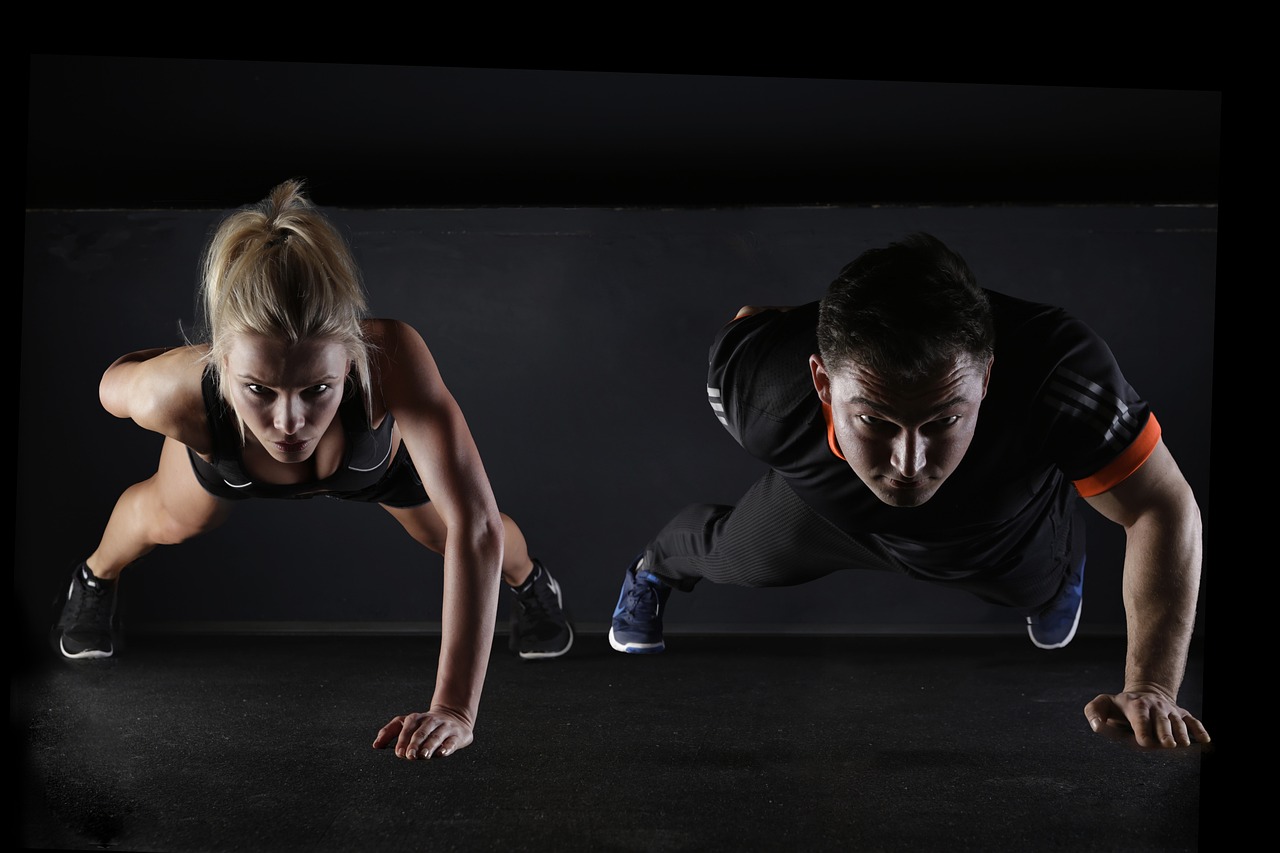In a world where gym memberships and expensive equipment are often seen as the keys to fitness success, the truth is that you don’t need anything more than your own body to build serious strength. Bodyweight workouts are an incredibly effective way to build muscle, increase endurance, and enhance overall fitness—without the need for weights, machines, or other specialized equipment. Whether you’re just getting started or looking to mix up your routine, bodyweight exercises can deliver results that rival any gym-based workout. This guide will explore how bodyweight training can help you build strength, the best exercises to try, and how to structure your workouts for maximum effectiveness.
Why Bodyweight Training is Effective for Strength
No Equipment Needed, Full-Body Engagement
One of the greatest advantages of bodyweight workouts is that they require absolutely no equipment, making them accessible for anyone, anywhere. Whether you’re at home, in a park, or traveling, you can still get in a highly effective strength-building session. Bodyweight exercises are designed to use the weight of your own body to create resistance, targeting key muscle groups and building strength in a natural, functional way. They engage multiple muscle groups simultaneously, providing a full-body workout that improves both strength and coordination.
Targeting Multiple Muscle Groups
Another reason bodyweight exercises are so effective is their ability to target multiple muscle groups at once. For instance, a single movement like a push-up engages your chest, shoulders, triceps, and core. Similarly, squats work your quads, glutes, hamstrings, and core, making them not only efficient but also great for building overall body strength. This multi-muscle engagement helps create a balanced physique, reduces the risk of imbalances, and ensures you’re strengthening all the key areas.
Top Bodyweight Exercises to Build Strength
Push-Ups: A Classic Upper-Body Strength Builder
Push-ups are the quintessential bodyweight exercise for building upper-body strength. They target your chest, shoulders, and triceps while also activating your core for stability. By adjusting hand placement, you can vary the intensity and focus of the exercise—wide hand push-ups target the chest more, while narrow or diamond push-ups put extra emphasis on the triceps. To increase the challenge, you can elevate your feet or add variations like plyometric push-ups to engage more fast-twitch muscle fibers.
Squats: Lower Body Power and Stability
When it comes to lower body strength, squats are unparalleled. They are the foundation of bodyweight lower-body training, engaging your quads, hamstrings, glutes, and even your calves. Squats also promote stability by activating your core, especially if you focus on controlled movements. As your strength increases, you can advance to single-leg squats or jump squats to increase intensity and power output. Squats not only build muscle but also improve balance and flexibility in the lower body.
Planks: Core Strength and Endurance
A strong core is the cornerstone of overall strength and fitness. Planks are one of the best exercises to build endurance and stability in the core. The simple act of holding a plank position engages your abs, obliques, and lower back, while also improving your posture and reducing the risk of injuries. For an added challenge, you can incorporate variations like side planks or plank shoulder taps to engage different parts of your core and increase the difficulty.
How to Structure a Bodyweight Workout
Creating a Balanced Routine
To maximize strength gains, it’s important to structure your bodyweight workout so that it targets all major muscle groups. A balanced routine should include exercises for the upper body, lower body, and core. For instance, you might start with push-ups to build upper-body strength, follow with squats to target the lower body, and finish with planks to strengthen your core. Keeping exercises varied ensures that you work all muscle groups evenly and prevent muscle imbalances.
Importance of Progression and Variation
As with any fitness program, progression is key. You must gradually increase the intensity of your workouts to continue building strength. This can be done by increasing the number of repetitions, adding more sets, or progressing to more challenging variations of each exercise. For example, once you’ve mastered basic push-ups, you can move on to incline push-ups, or even one-arm push-ups to push your strength to the next level. Changing up your routine also helps prevent plateaus and keeps your workouts fresh and engaging.
Tips for Maximizing Results with Bodyweight Training
Proper Form for Injury Prevention
While bodyweight exercises may seem straightforward, proper form is essential for avoiding injury and ensuring maximum effectiveness. Whether you’re doing push-ups or squats, make sure to maintain proper alignment throughout the movement. For push-ups, keep your hands aligned with your shoulders and maintain a straight line from head to heels. When performing squats, ensure that your knees don’t extend beyond your toes, and keep your back straight. Proper technique not only minimizes the risk of injury but also ensures that you are activating the correct muscles for maximum strength gains.
Incorporating Rest and Recovery
Rest and recovery are often overlooked aspects of bodyweight training, but they are crucial to building strength. Giving your muscles time to repair and rebuild after each workout will help you progress faster and prevent overtraining. Aim for at least one or two rest days per week, and listen to your body—if you’re feeling fatigued or sore, take the time to recover. Additionally, consider incorporating active recovery activities, such as stretching, yoga, or light walking, to keep your body moving without overloading your muscles.
Summary: Strength Without Equipment
Bodyweight workouts are a powerful and effective way to build strength, improve fitness, and maintain a balanced workout routine, all without the need for equipment. From push-ups to squats to planks, there are countless exercises you can do to target every muscle group. By structuring your workouts with progression and variation, focusing on proper form, and allowing adequate recovery, you can maximize your results and develop impressive strength over time. So, no gym, no problem—your body is all you need to start building strength today.
Please like, comment, and share this article if you found it helpful and
informative.
For more news check out Big Town Bulletin News
For more from Big Town Bulletin check out Big Town Bulletin
Please like, comment, and share this article if you found it helpful and
informative.
For more news check out Big Town Bulletin News
For more from Big Town Bulletin check out Big Town Bulletin


